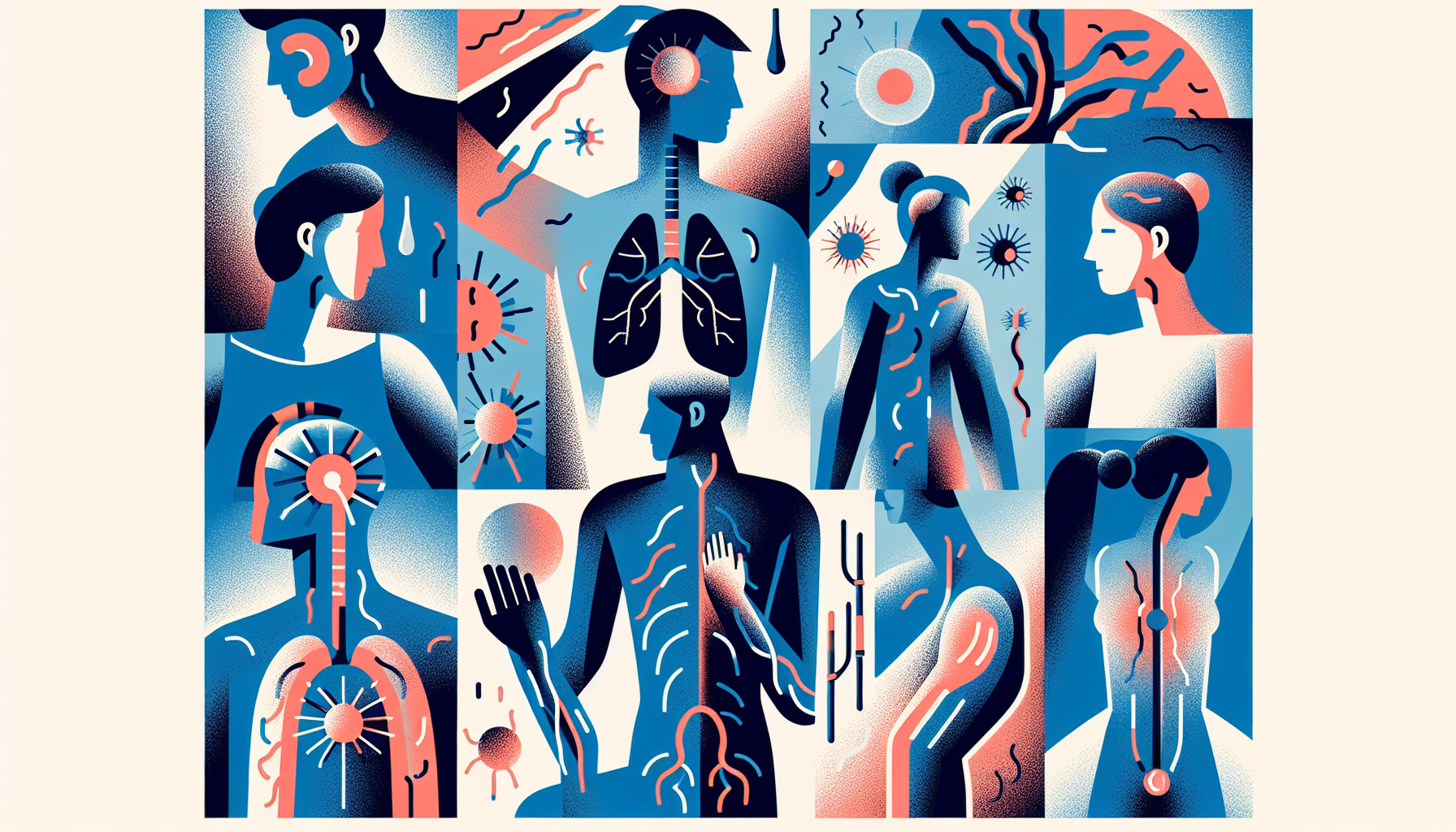Can I Take Zepbound a Day Early?
Key TakeawaysZepbound is a once-weekly injectable medication for weight management and obstructive sleep apnea (OSA) linked to obesity.Taking Zepbound a day early is [...]
Read More
Medically reviewed by Abhijit Bhattacharyya | MD, PhD, MBA, Tufts University School of Medicine - Miami, Florida on October 1st, 2023.
Jock itch, also known as tinea cruris, is a common fungal infection that affects the groin area. It is a form of ringworm that thrives in warm, moist places on the body. While it is more common among male athletes, anyone can develop jock itch, regardless of gender or physical activity level.
Jock itch typically appears in the groin, inner thighs, or anus. Some of the most common symptoms include:
Intense itching and burning sensation
A red, scaly, circular rash with raised edges
Skin discoloration (purple, grey, tan, or white, depending on skin tone)
Cracking, flaking, or peeling skin
Certain factors can increase your likelihood of getting jock itch, such as:
Wearing tight, irritating clothes
Excessive sweating in the groin area
Wearing a wet bathing suit for an extended period
Sharing damp towels or sweaty clothing with others
Close contact with someone who has jock itch
Being overweight
Having a weakened immune system or diabetes

In most cases, a doctor can diagnose jock itch by examining the skin rash and discussing your symptoms. Rarely, a skin sample may be taken for microscopic analysis to confirm the diagnosis.
Without treatment, jock itch can persist for months. However, over-the-counter antifungal medications, available as creams, powders, and sprays, can usually clear up the infection within a few weeks. To promote faster healing:
Wash the affected area and dry it with a clean towel, using a separate towel for the rest of your body.
Apply the antifungal medicine as directed, using it for the recommended duration to prevent recurrence.
If symptoms do not improve after a couple of weeks, consult your doctor for stronger prescription medication.
Adopting good hygiene habits can significantly reduce your risk of developing jock itch:
Shower or bathe daily, especially after sports or workouts.
Pat your groin area dry with a clean towel and consider using an antifungal powder.
Avoid sharing personal items like towels.
Wear clean clothes and change your underwear daily or more frequently if you sweat excessively.
Opt for loose-fitting clothes and underwear to minimize friction and chafing.
Other fungal infections, such as athlete's foot (tinea pedis), can spread to your groin and cause jock itch. To prevent this, treat athlete's foot promptly with antifungal medication, use a separate towel for your feet, and put on socks before underwear to avoid contact with bare feet.
By understanding the causes, symptoms, and treatment options for jock itch, as well as implementing preventive measures, you can effectively manage this common fungal infection and maintain healthy, comfortable skin in your groin area.
Key TakeawaysZepbound is a once-weekly injectable medication for weight management and obstructive sleep apnea (OSA) linked to obesity.Taking Zepbound a day early is [...]
Read MoreKey TakeawaysZepbound is an FDA-approved medication for chronic weight management in adults with obesity or overweight, and for moderate to severe obstructive sleep apnea [...]
Read MoreKey TakeawaysZepbound is a once-weekly injectable medication that supports weight loss by activating hormone pathways regulating appetite and digestion.After the first dose, [...]
Read More